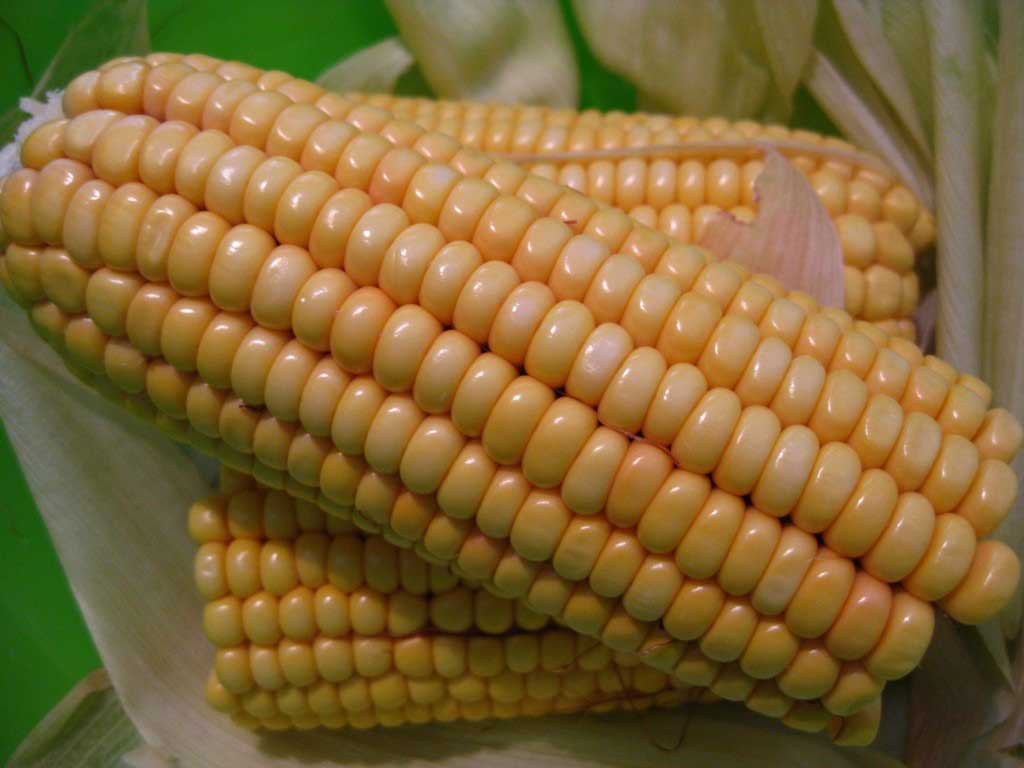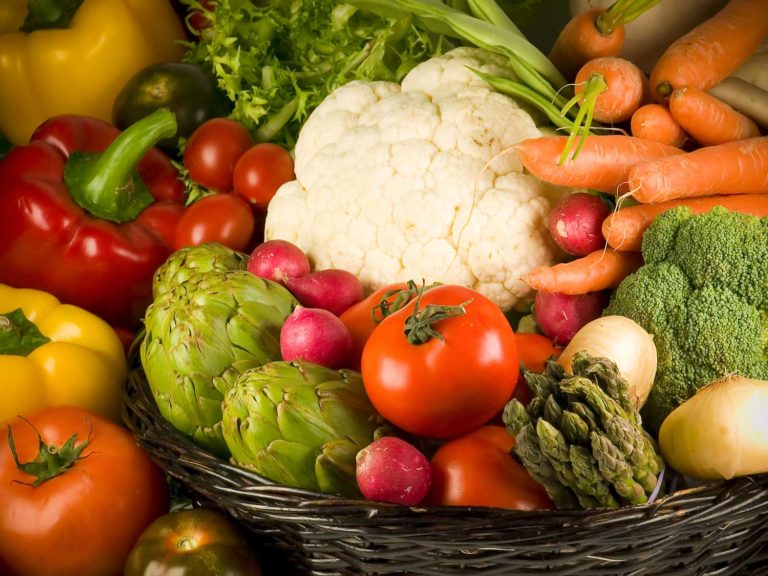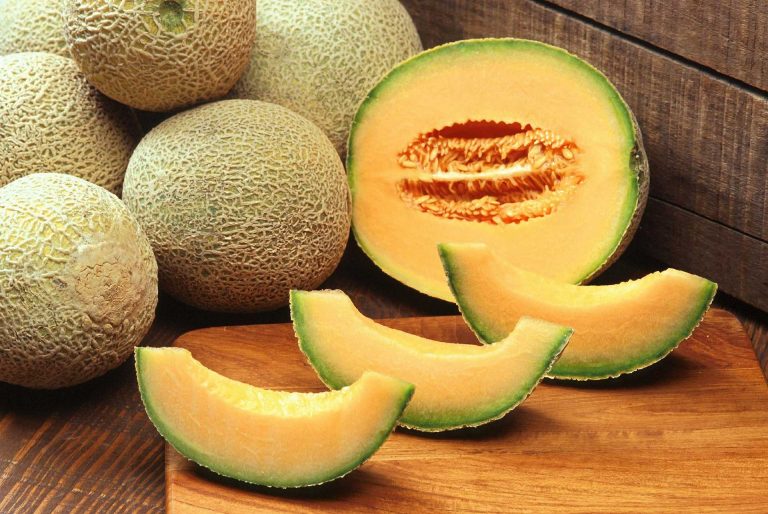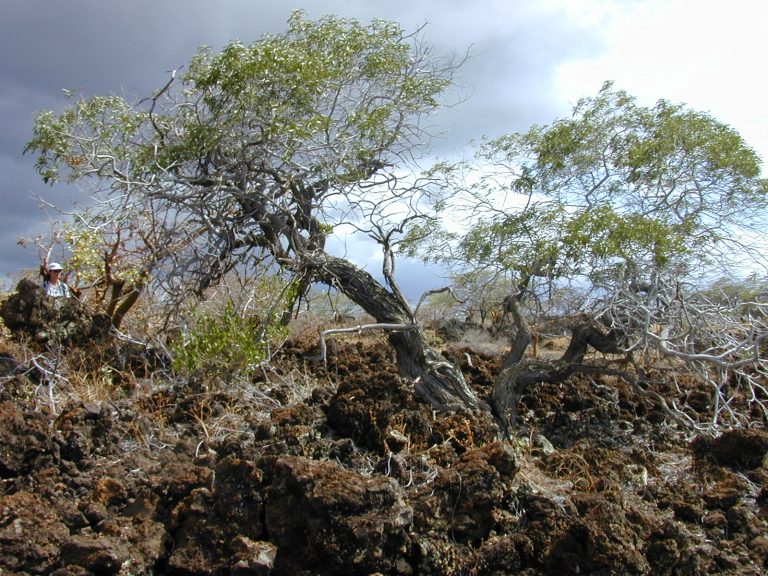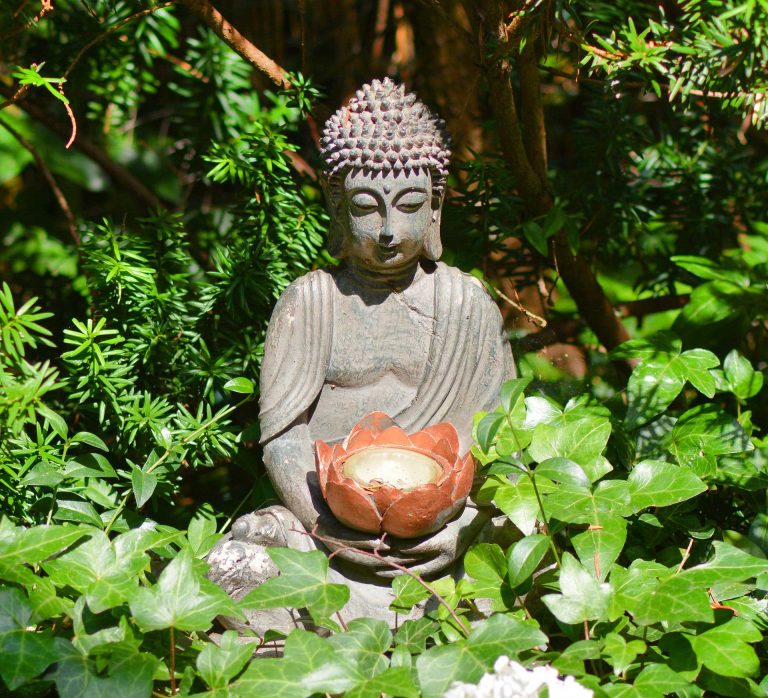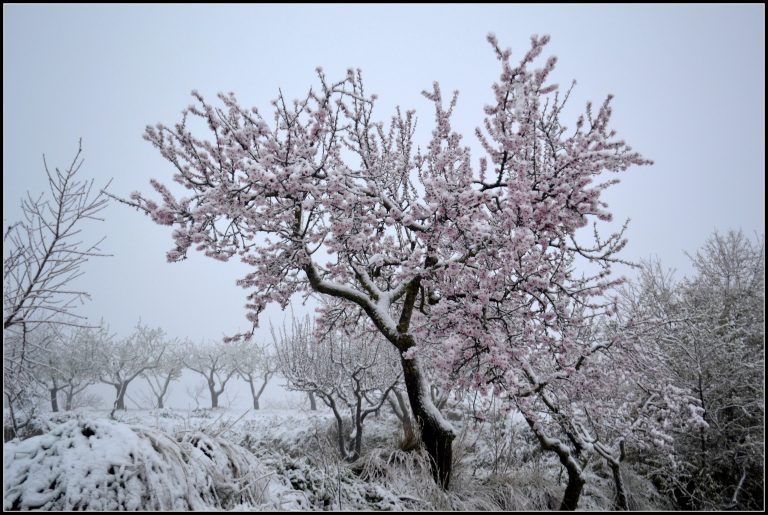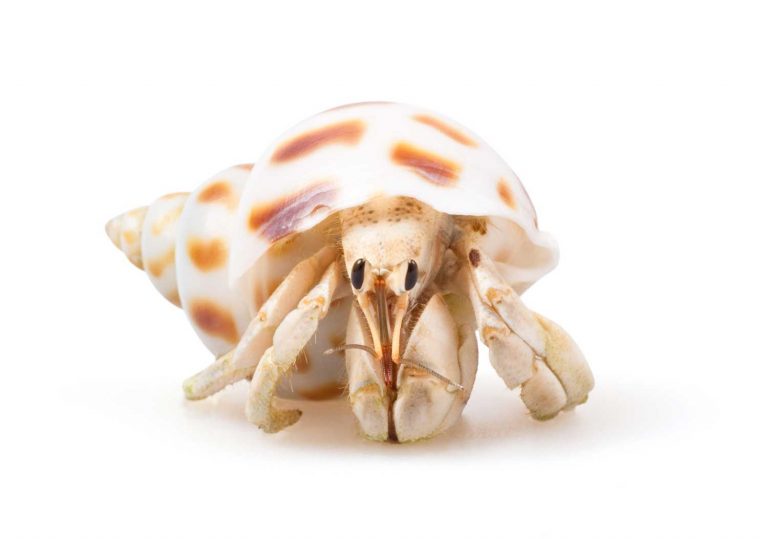Sweet Corn
Scientific Classification
| Kingdom: | Plantae |
| (unranked): | Angiosperms |
| (unranked): | Monocots |
| (unranked): | Commelinids |
| Order: | Poales |
| Family: | Poaceae |
| Subfamily: | Panicoideae |
| Tribe: | Andropogoneae |
| Genus: | Zea |
| Species: | Z. mays |
| Trinomial name: | Zea mays subsp. mays |
Sweet corn (Zea mays conva. Saccharata var. rugosa), otherwise known as pole corn or sugar corn) is a variety of the Maize family having a raised content of sugar. Sweet corn is a variety which occurred naturally by recessive mutation in the species that stabilizes the changing of sugar into starch within the endosperm of the corn kernel. Most people pick up Sweet corns prematurely (milky stage) and cook and eat them as a vegetable, not as a grain. This is quite different from that of the field-corn types that one reaps when the kernels grow fully, and then dry before use.
Habitat
Sweet corn appears as a natural impulse of changes in the field corn that many tribes of Native America cultivated.
Anatomy
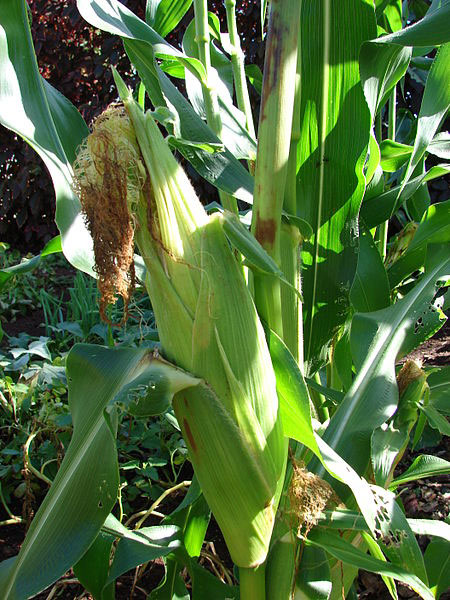
Photo by: Forest & Kim Starr
The corn kernel is the fruit obtained from the sweet corn plant. This variety of fruit is known as caryopsis. The corn ear includes accumulated kernels on the heads of the axis; the corn is a monocot thus the number of rows of the kernel is even. The ear is firmly covered with leaves known as husk. The pistillate flowers, that emerges from the husk, they call “silk.”
Preparation of Soil for Planting
Following planting you require a long period of frost-free season for growing Sweet Corn. The wind pollinate the Sweet corn and hence, it would seem better to follow a block pattern instead of rows. Drain the soil in to maintain the moisture consistency. Loosen the soil with a neutral pH (6.0 – 7.0). Heavy soil, prevents the tap roots from growing long. The short roots that you see over the soil holds the tall plants.
Sun exposure: Complete Sunlight
Soil Type: Loamy
Soil pH: Neutral
Watering
During dry weather on account of the short roots make sure to water them properly at the rate of 5 gallons per sq. Yard. Mulching assists in reducing the evaporation. While planting the sweet corn, water them properly.
Temperature and Humidity
If germination is to succeed, the soil temperature must exceed 60° (go up to 65 F for extra sweet types). In case of necessity use a plastic cover (black) to warm up the soil in the colder regions. Plant your seeds through the holes.
Care
- Take care not to damage the root while weeding.
- Maintain the soil dampness by properly draining the soil.
- The roots of the corn are short, hence in dry situations ensure you water them properly by watering 5 gallons for every square yard.
- Mulch assists in decreasing evaporation.
- While the plants grow to a height of four to five inches plant them at a clear distance of 16 to 23 in.
Pest
Mice: After you planted the sweet corn seeds the rodents eat them.
Remedy: At the place where you so your sweet corn seeds keep traps.
Birds: Pigeons and Jays spoil the ripening crops.
Remedy: Enclose each cob with plastic bags or place a net on the whole crop.
Slugs and snails: The snails and slugs have their meals on these tender seedlings; you can see the slime trail on the soil around your crop, and on the leaves too.
Remedy: You can control the snails and slugs in different ways; this includes eggshell barriers and copper tape, saw dust or beer traps.
Harvest Month and Storage
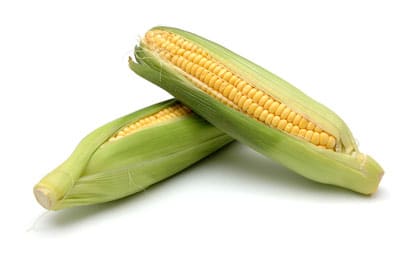
- The right time for harvesting is when the cobs begin to bloat and tassels start turning brown in color. Kernels must look milky and full
- To remove the stalk, pull the ears down and twist it.
- The sweetness of the different type of sweet corns is lost following harvest.
- Once you finish the picking, get ready for preserving or eating them.
- In case you remove the ears prior to freezing, they freeze well.
Varieties
You have three varieties of Sweet corns: the Super Sweet Corn, Sugar improved and Normal. The Sucrose content in each corn varies, so the taste and consistency of each corn is different. The sweeter types keep their sweetness for a lengthier time following harvest.
Some of the varieties are:
Lochief’ –sugar type (Midseason normal) – yellow.
Silver Queen’ -Sugar variety (normal sugar) – white. Resist certain bacterial diseases.
Challenger Crisp n Sweet’ super sweet variety, high yielding yellow, resist certain disease.
Pristine’ sugar increased variety- white tastes good.

Having discovered a fondness for insects while pursuing her degree in Biology, Randi Jones was quite bugged to know that people usually dismissed these little creatures as “creepy-crawlies”.

